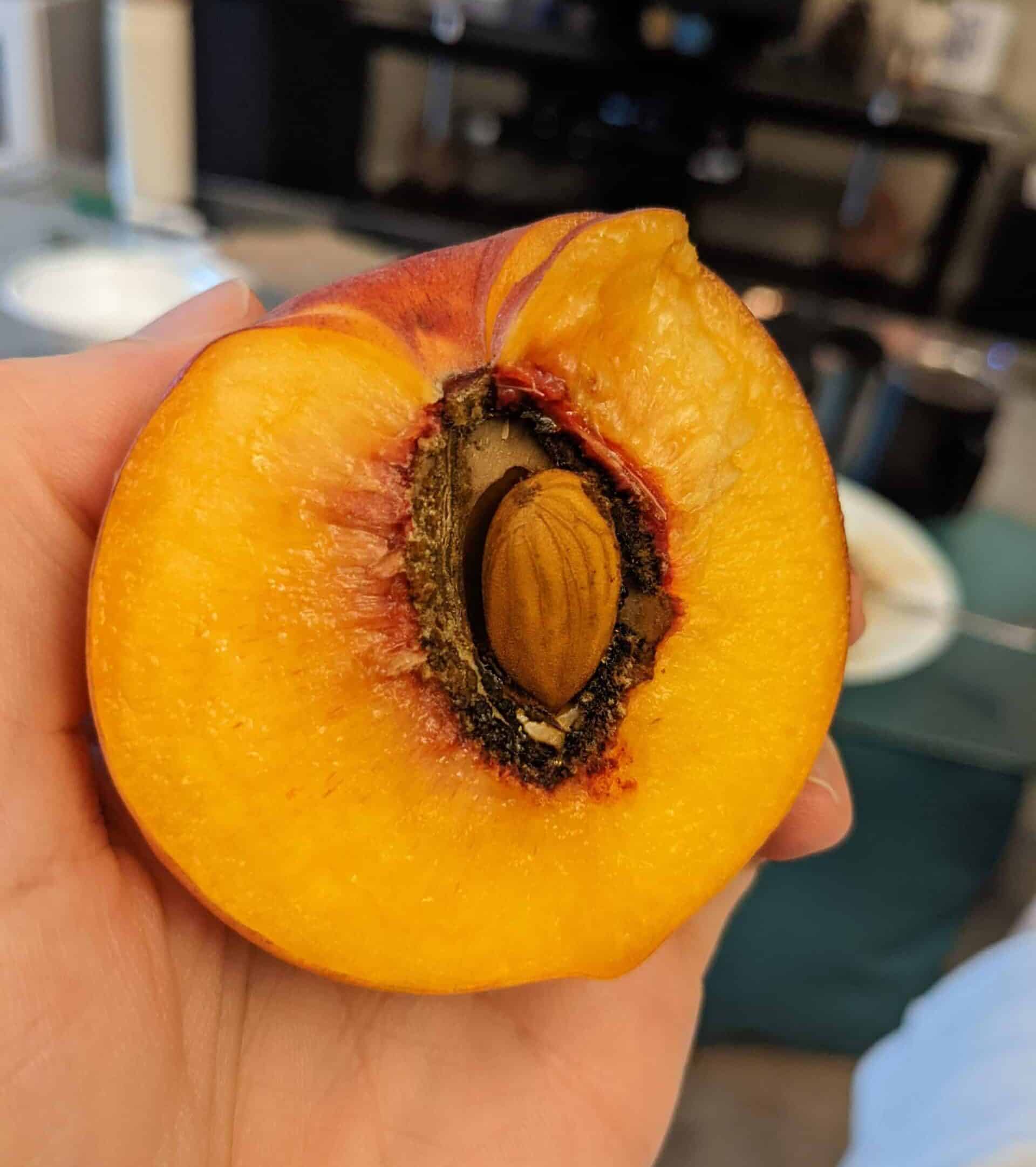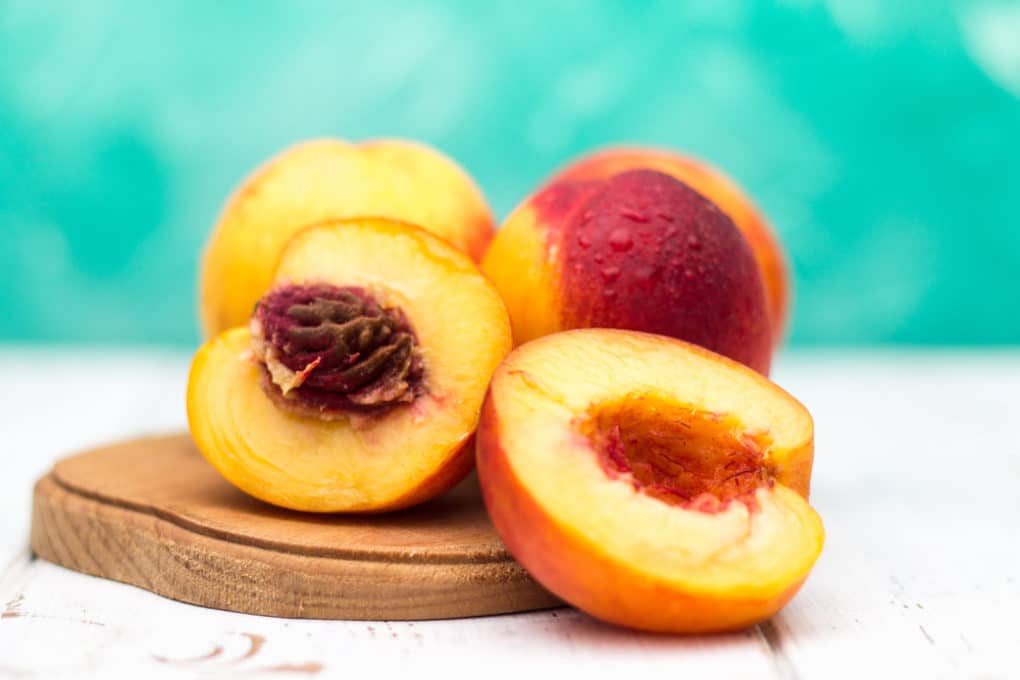Unlocking the Potential of Peach Seeds
Growing peach trees from seed can be a rewarding experience, offering a unique opportunity to cultivate a thriving orchard at a fraction of the cost of purchasing established trees. By understanding how to germinate a peach seed, you can unlock the potential of these tiny seeds and enjoy a bountiful harvest. Peach trees grown from seed can also provide a high degree of control over the growing conditions, allowing you to tailor the tree’s development to your specific climate and soil type. With the right techniques and care, peach seeds can be coaxed into producing healthy, vigorous trees that will provide years of enjoyment.
Preparing the Perfect Environment for Germination
Creating an ideal environment for peach seed germination is crucial for successful growth. Temperature, humidity, and light are key factors to consider when preparing the perfect environment. Peach seeds require a consistent temperature between 65°F to 75°F (18°C to 24°C) to germinate. Humidity also plays a vital role, with a relative humidity of 50-60% ideal for germination. In terms of light, indirect sunlight or grow lights with a photoperiod of 12-14 hours can help stimulate germination. By understanding how to germinate a peach seed and controlling these environmental factors, you can increase the chances of successful germination and give your seeds the best possible start in life.
How to Select and Prepare Healthy Peach Seeds
Selecting healthy peach seeds is a critical step in the germination process. To increase the chances of successful germination, it’s essential to inspect seeds for damage, mold, or rot. Look for seeds that are plump, firm, and have a glossy appearance. Avoid seeds that are shriveled, cracked, or show signs of mold or rot. Once you’ve selected healthy seeds, it’s crucial to clean and store them properly. Gently wash the seeds in warm water, and then dry them with a paper towel to prevent moisture from accumulating. Store the seeds in an airtight container in the refrigerator at a temperature of around 40°F (4°C) to slow down the germination process. By following these simple steps, you can ensure that your peach seeds are healthy and ready to germinate when the time is right. Remember, understanding how to germinate a peach seed is key to achieving success in this process.
The Art of Scarification: Enhancing Germination Rates
Scarification is a simple yet effective technique to enhance germination rates when learning how to germinate a peach seed. The process involves gently scratching or nicking the seed coat to allow water to penetrate and stimulate germination. This technique can increase germination rates by up to 20% and is especially useful for peach seeds that have a hard or impermeable seed coat. To perform scarification safely and effectively, use a sterile scalpel or file to gently scratch the seed coat, being careful not to damage the embryo inside. Then, soak the scarified seeds in water for 24 hours to allow the seed to absorb the necessary moisture. By incorporating scarification into your peach seed germination process, you can increase the chances of successful germination and give your seeds the best possible start in life.
Stratification: The Secret to Successful Peach Seed Germination
Stratification is a crucial step in the process of how to germinate a peach seed, as it mimics the natural winter period that peach seeds would typically experience outdoors. This process involves subjecting the seeds to a period of cold, moist stratification to break dormancy and stimulate germination. To create a stratification medium, mix 1 part peat moss with 1 part perlite, and then moisten the mixture with water. Place the peach seeds in the stratification medium, and store them in the refrigerator at a temperature of around 40°F (4°C) for 30 to 60 days. During this time, the seeds will undergo a series of physiological changes that will prepare them for germination. After the stratification period, remove the seeds from the refrigerator and sow them in a seed starting mix, following the guidelines outlined in the next section. By incorporating stratification into your peach seed germination process, you can increase the chances of successful germination and give your seeds the best possible start in life.
Sowing the Seeds: A Step-by-Step Guide
Now that you have prepared your peach seeds for germination through scarification and stratification, it’s time to sow them. Sowing the seeds correctly is a crucial step in the process of how to germinate a peach seed, as it will determine the success of germination and the health of the seedlings. To begin, fill a seed starting tray or small pots with a well-draining seed starting mix. Moisten the mix with water, and then create a small indentation in the center of each cell or pot. Place one peach seed in each indentation, and cover it with a thin layer of the seed starting mix. The ideal soil depth for peach seeds is about 1/4 inch (6 mm). Water the seeds gently but thoroughly, and then place the tray or pots in a warm location with indirect light. Keep the soil consistently moist but not waterlogged, as this can lead to rot and poor germination. By following these steps and providing the right conditions, you should start to see signs of germination within 1-3 weeks.
Nurturing Your Seedlings: Post-Germination Care
After successfully germinating your peach seeds, it’s essential to provide the right care to ensure the seedlings grow strong and healthy. One of the most critical factors in post-germination care is lighting. Peach seedlings require bright, indirect light to photosynthesize and develop a robust root system. Placing them near a south-facing window or under grow lights can provide the necessary light. However, be cautious not to expose them to direct sunlight, which can cause scorching. In terms of watering, it’s crucial to maintain a consistent moisture level in the soil. Water the seedlings gently but thoroughly, making sure not to overwater, which can lead to root rot. Fertilization is also vital at this stage. Use a balanced, water-soluble fertilizer at half the recommended strength to provide the necessary nutrients for growth. By following these guidelines, you can create an ideal environment for your peach seedlings to thrive, ultimately increasing their chances of success in the process of how to germinate a peach seed.
Common Challenges and Troubleshooting Tips
While following the steps outlined in this guide can significantly increase the chances of successfully germinating a peach seed, some challenges may still arise. One common issue is low germination rates, which can be caused by inadequate scarification, insufficient stratification, or poor seed quality. To overcome this, ensure that the seeds are properly scarified and stratified, and consider using fresh seeds. Another challenge is mold or fungal growth, which can be prevented by maintaining good air circulation, reducing humidity, and using a well-draining seed starting mix. Pest infestations, such as fungus gnats or spider mites, can also occur. To combat these, use organic pest control methods, such as neem oil or insecticidal soap, and ensure good air circulation. By being aware of these potential challenges and taking proactive steps to prevent them, you can increase your chances of success in the process of how to germinate a peach seed. Additionally, remember to monitor your seeds and seedlings closely, and be prepared to adapt your approach as needed. With patience, persistence, and the right techniques, you can overcome any obstacles and successfully grow a healthy peach tree from seed.





